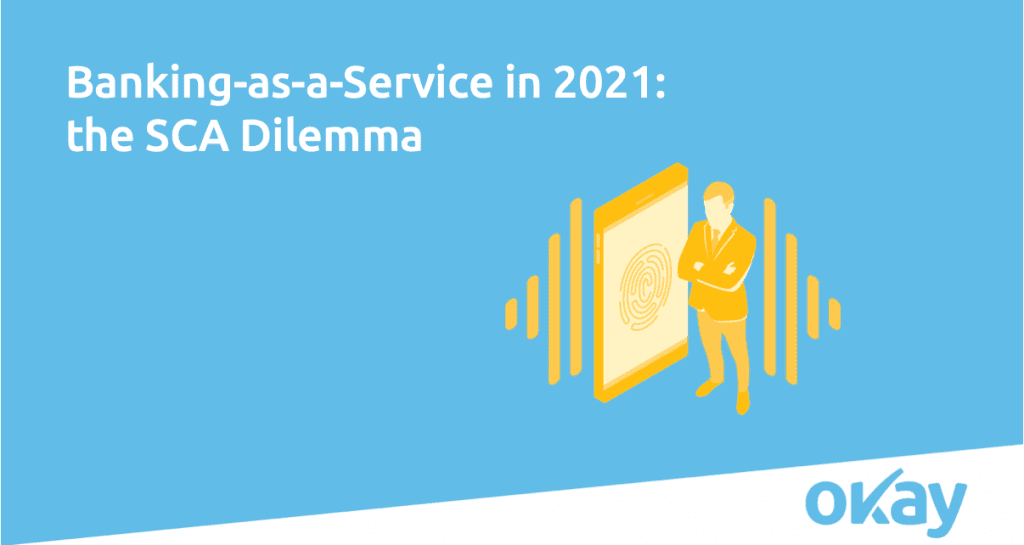
A traditional BaaS provider makes it simple to integrate banking services into non-licensed (or unregulated) businesses. Take a big grocery store chain as an example: BaaS is a practical solution because it is impractical to become a regulated payment service provider itself, mainly because of all the required compliance regulations.
The situation deepens in complexity when we take a closer look at these unlicensed/unregulated businesses (such as the grocery chain example above) and licensed/regulated businesses (like an eWallet provider).
For an unlicensed business, it is pretty clear that the BaaS provider must take care of everything. But is this also the case for a licensed business?
From our perspective, the answer is no, as there must be a robust chain of trust between the end user’s identity (established during the onboarding process) and the identity that is verified through strong customer authentication. Of course, the final question comes down to who “owns” the customer in a BaaS scenario. But you can click here if you would like to continue to our website and read the full article.
Ultimately, as the fintech industry continues to evolve and digitalise, we do expect BaaS to eventually find its footing. But until that time comes, it remains a complex topic stuck between the pre and post PSD2 environments.
The Payments Association
St Clement’s House
27 Clements Lane
London EC4N 7AE
© Copyright 2024 The Payments Association. All Rights Reserved. The Payments Association is the trading name of Emerging Payments Ventures Limited.
Emerging Ventures Limited t/a The Payments Association; Registered in England and Wales, Company Number 06672728; VAT no. 938829859; Registered office address St. Clement’s House, 27 Clements Lane, London, England, EC4N 7AE.







Log in to access complimentary passes or discounts and access exclusive content as part of your membership. An auto-login link will be sent directly to your email.
We use an auto-login link to ensure optimum security for your members hub. Simply enter your professional work e-mail address into the input area and you’ll receive a link to directly access your account.
Instead of using passwords, we e-mail you a link to log in to the site. This allows us to automatically verify you and apply member benefits based on your e-mail domain name.
Please click the button below which relates to the issue you’re having.
Sometimes our e-mails end up in spam. Make sure to check your spam folder for e-mails from The Payments Association
Most modern e-mail clients now separate e-mails into different tabs. For example, Outlook has an “Other” tab, and Gmail has tabs for different types of e-mails, such as promotional.
For security reasons the link will expire after 60 minutes. Try submitting the login form again and wait a few seconds for the e-mail to arrive.
The link will only work one time – once it’s been clicked, the link won’t log you in again. Instead, you’ll need to go back to the login screen and generate a new link.
Make sure you’re clicking the link on the most recent e-mail that’s been sent to you. We recommend deleting the e-mail once you’ve clicked the link.
Some security systems will automatically click on links in e-mails to check for phishing, malware, viruses and other malicious threats. If these have been clicked, it won’t work when you try to click on the link.
For security reasons, e-mail address changes can only be complete by your Member Engagement Manager. Please contact the team directly for further help.